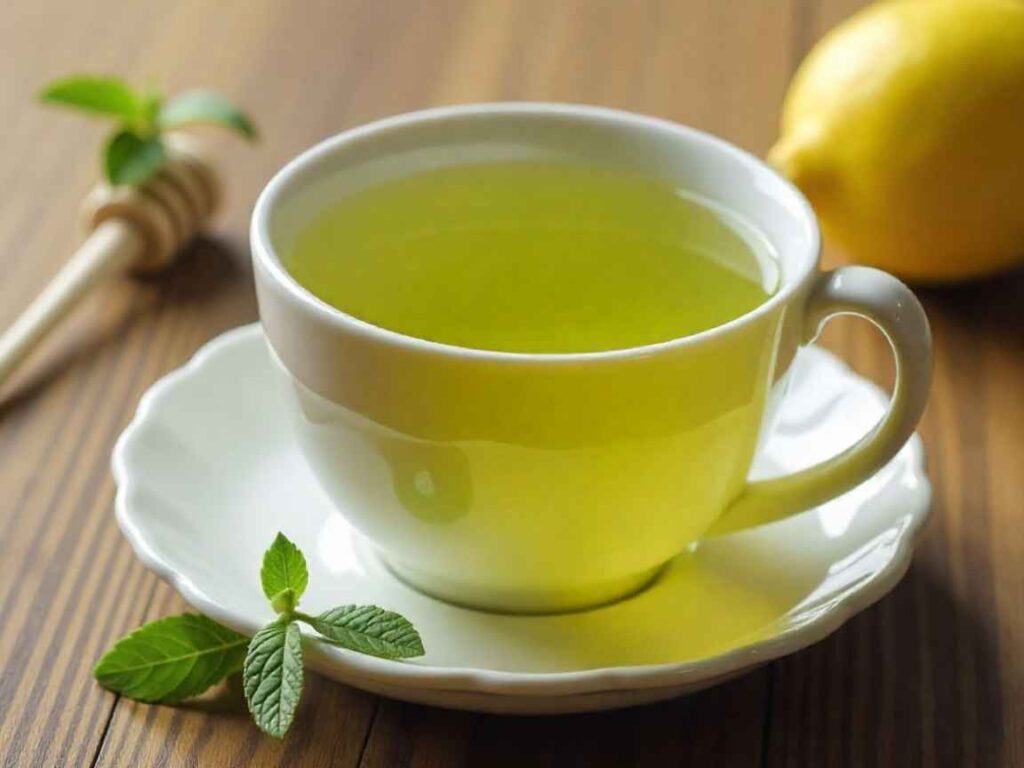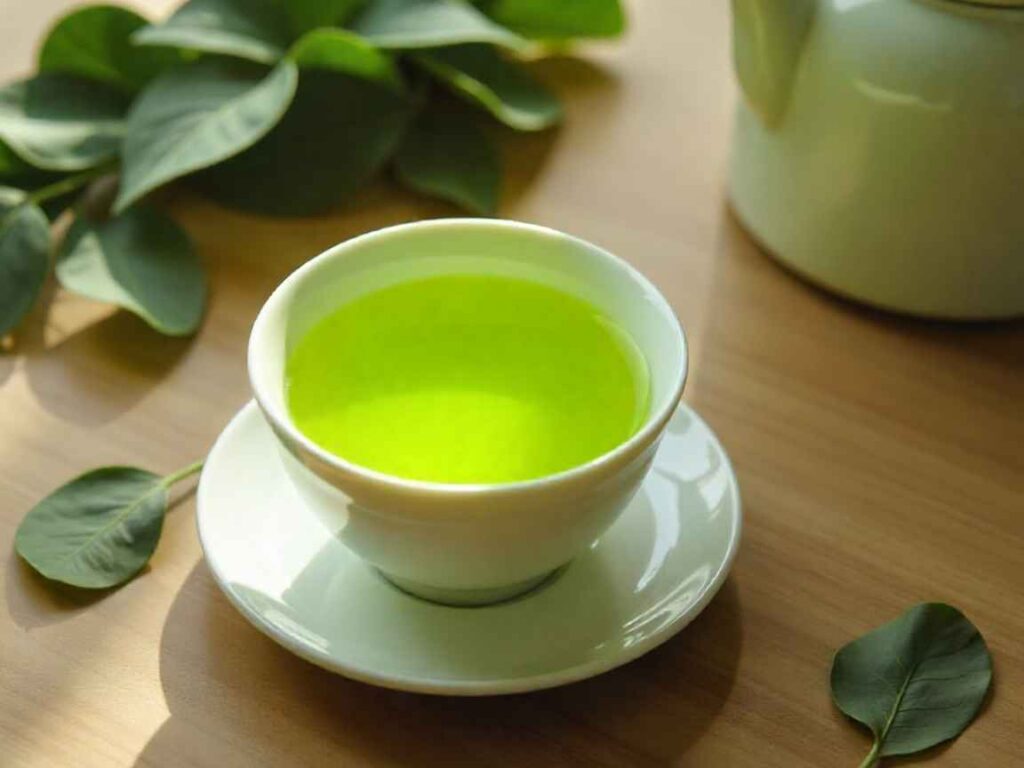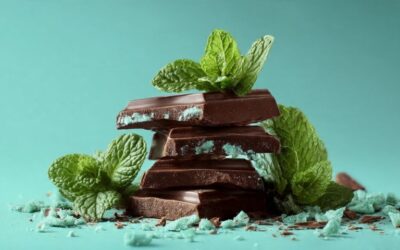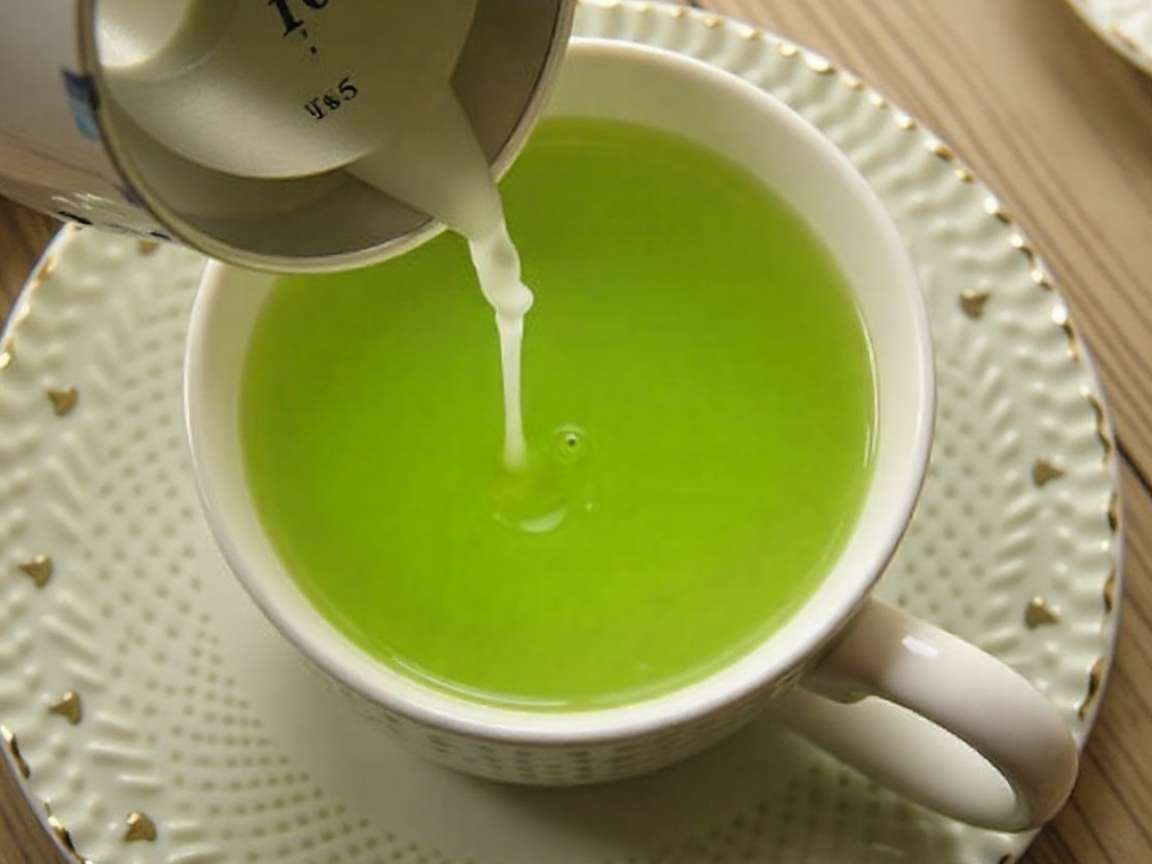Green tea is a favorite in Japan and China, where it’s enjoyed both as a drink and for its role in traditional medicine (Sencha, n.d.). Today, it’s also studied for its health benefits. Green tea is rich in antioxidants, may help with weight loss, and could even help prevent cancer (Does tea prevent cancer?, n.d.). It also has L-theanine, an amino acid that might improve sleep and offer other benefits (Theanine: Benefits & Side Effects, n.d.).
If green tea isn’t brewed the right way, it can taste not very pleasant. If you’ve tried it and found it too sharp, you might be brewing it wrong. Green tea should taste grassy, nutty, or herbal, not bitter. The key is to control the water temperature and use good-quality leaves. Try these tips to make your green tea taste smoother and more enjoyable.
Explore Our Favorite Green Teas
Want to find the best-tasting green teas? Check out our top picks for a memorable cup.
The Varied Flavors of Green Tea
The taste of green tea can vary depending on the specific type you choose. Japanese green teas are steamed during production, imparting a fresh, vegetal taste with nutty undertones. (Japanese green tea: discover the art of steaming, n.d.) One of the most popular green teas is Japanese matcha, known for its creamy, rich texture and full-bodied flavor. (Hokoen Myouju Matcha | Full-bodied Japanese Ceremonial Green Tea, n.d.) Often enjoyed as a matcha latte with steamed or frothed milk, matcha can also be used in creative recipes with additions like tapioca pearls or a sprinkle of cinnamon. Since matcha shares flavor profiles with other vegetal and herbaceous teas, it’s a fantastic base for experimenting with new flavors.
What Does Matcha Taste Like?

Matcha’s taste depends on its quality and where it’s grown. Lower-quality matcha can be bitter, but high-quality matcha has a rich, slightly sweet, and grassy flavor. The best matcha, called ceremonial-grade, is used in tea ceremonies and is less likely to taste bitter. Choosing good matcha helps you avoid the harsh flavors some people dislike in green tea.
Chinese green teas are roasted instead of steamed, which gives them a smoky, toasted taste (Smoky versus grassy: The battle of the greens, n.d.). If you like bold flavors, you might enjoy Chinese green teas.
Why Does Green Tea Turn Bitter?
One common reason for bitter green tea is the water you use. Tap and distilled water are not ideal for brewing tea. Tap water, with its minerals and chemicals, can react with the tea’s compounds, resulting in sour flavors. (Put down the filter: Tea made with impure water tastes better, 2021) Distilled water doesn’t extract the tea’s full taste, leaving you with a weak brew. (BREWING TIPS, n.d.) Always use pure, filtered, or spring water for the best results.
Bitterness in green tea usually comes from water that’s too hot or steeping the tea for too long. High temperatures release polyphenols too quickly, which makes the tea bitter (Master class: water temperature and brewing times, n.d.). Letting the tea steep too long also leads to a bad taste. Think of brewing green tea like cooking—if you leave it too long, it can burn.
Additionally, the quality of the tea itself plays a major role. Loose-leaf tea generally provides a better, smoother flavor than tea bags. (Loose Leaf Tea vs. Tea Bags: What’s the Difference?, n.d.) Tea bags often contain broken leaves, or fannings, which are lower in quality and tend to brew a more bitter cup. (Why loose-leaf tea?, n.d.) To enjoy the best green tea flavor, opt for loose-leaf tea.
How to Brew the Best Green Tea

- Choose Tea Bags, Loose Leaves, or Powder
Tea bags are easy to use, but they usually have lower-quality tea. They contain dust and small pieces of leaves, which can make your tea taste bitter faster. If you use tea bags, follow the steeping time (about 2-3 minutes) and take them out as soon as they’re done. - For a smoother, more flavorful brew, loose-leaf tea is your best choice. These leaves are whole and provide a richer flavor. When brewing loose-leaf tea, give the leaves room to expand and release their full flavor. Use one teaspoon of loose leaf tea for every 8 ounces of water and steep for no longer than 3-4 minutes.
- Powdered green tea, such as matcha, is made by grPowdered green tea like matcha is made by grinding whole tea leaves into a fine powder (How Is Matcha Tea Made? From Plant to Powder, n.d.). Because you drink the entire leaf, matcha offers the most health benefits (Matcha — Even More Powerful Than Regular Green Tea?, 2023). It has an earthy taste and is less likely to become bitter than other green teas. It is crucial for a smooth cup of green tea. Water that’s too hot can cause bitterness, while water that’s too cold will result in a weak brew. Aim for a brewing temperature between 160°F and 180°F. (Best Temperature for Tea: Perfect Brewing Guide for Every Type, 2025) If you don’t have a kettle with temperature control, bring the water to a boil, remove it from the heat, and let it cool for about two minutes before steeping the tea.
- Lemon Enhances the Flavor
Even with the perfect brewing method, green tea can still have a slightly bitter taste. Even if you brew green tea just right, it might still taste a bit bitter. Adding lemon can help balance the flavor. The citrus makes the tea smell better and cuts the bitterness. You can also try other fruits like oranges, peaches, or green apples. Muddle the fruit before adding it to your tea for a sweet, fruity taste of green tea. Honey is a great option because it dissolves easily and is a natural choice. Avoid granulated sugar, as it doesn’t dissolve well in cooler temperatures and can end up stuck at the bottom of your cup. Stevia leaves are another option for a subtle, natural sweetness. Just add one or two leaves to your tea while brewing and remove them before drinking. - People often add milk to strong teas like black tea, but it’s better to skip milk in green tea. Milk can cover up green tea’s delicate taste.
- Mint Leaves for a Refreshing Twist
Mint-infused green tea is popular in many countries, including Morocco. (Moroccan Mint Green Tea – Loose Leaf, n.d.) The fresh, crisp taste of mint helps to mask any bitterness. Add 2-3 fresh mint leaves per teaspoon of green tea, brew it, and remove the mint leaves before drinking. The result is a refreshing, smooth tea experience. - Floral Blends Add a Unique Flavor
If you find green tea’s flavor too bold, consider blending it with floral herbs. Jasmine and lavender are popular options that pair beautifully with green tea. (Jasmine Harmony | Loose Leaf Green Tea, n.d.) You can also create your own blend by adding fresh chamomile or rose petals. Experimenting with different herbs will allow you to enjoy green tea’s health benefits while softening its flavor. - Spices for Extra Flavor
Adding spices like ginger, cinnamon, or cardamom can make your green tea more interesting. Ginger helps with digestion and adds a gentle spice (10 Need-To-Know Health Benefits Of Ginger, 2025). Cinnamon brings sweetness and warmth, while cardamom gives a citrusy, fragrant touch that goes well with green tea’s earthy taste.
If you want something lighter, try iced green tea. Let it cool to room temperature, then chill it in the fridge for a few hours. Serve with ice and a lemon slice for a cool, easy drink. Iced green tea is a good choice if hot tea feels too strong.
Mastering the Art of Green Tea Brewing

The process of making green tea isn’t just about brewing—it’s about enjoying the taste and the moment. Don’t settle for bitterness. By changing the water temperature and picking good tea, you can make a great cup every time. If you still don’t love the flavor, try adding sweeteners, fruit, or spices to make it your own. For example, with Chinese green tea, these simple tips will help you brew the perfect cup. Happy brewing!
Types of Green Teas to Try
- Natural Jasmine Green Tea: This award-winning tea has a soothing, clean taste and a strong jasmine scent. It’s great by itself or with food.
- Japanese Sencha: This popular Japanese green tea has a fresh, grassy flavor with a touch of umami. It’s also tasty as a cold brew.
- Organic Dragon Well: Known as China’s national drink, Dragon Well is light with a roasted chestnut smell and a buttery, sweet taste. Explore various green tea types, such as Gyokuro, Genmaicha, and Sencha Goji Berry, for a richer tea experience.
How to Brew Loose-Leaf Green Tea
To make a great cup, heat your water to 70-80°C (160-180°F). Steep the tea for 3-5 minutes to get the best flavor and health benefits.
Green Tea’s Health Benefits
Green tea is full of antioxidants like polyphenols, which may help lower oxidative stress and inflammation (Effects of short-term green tea extract supplementation on oxidative stress and inflammation in healthy adults: A randomized controlled trial, 2024). It’s also linked to less stress, better brain function, and weight loss (10 Reasons to Drink Green Tea, n.d.). Drinking green tea every day can also support your heart and bones (Tea Association Fact Sheet 2024, 2024).
Ready to start your green tea journey? Our Healthy Green Tea Starter Kit is a great way to try green tea. Our Healthy Green Tea Starter Kit is a simple way to explore different flavors and enjoy the health benefits.



















